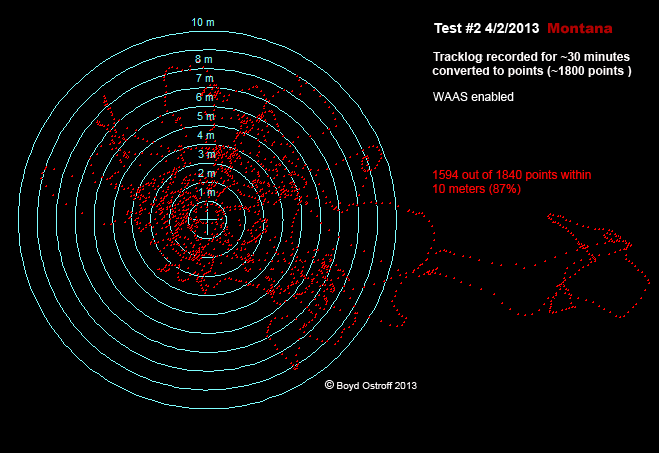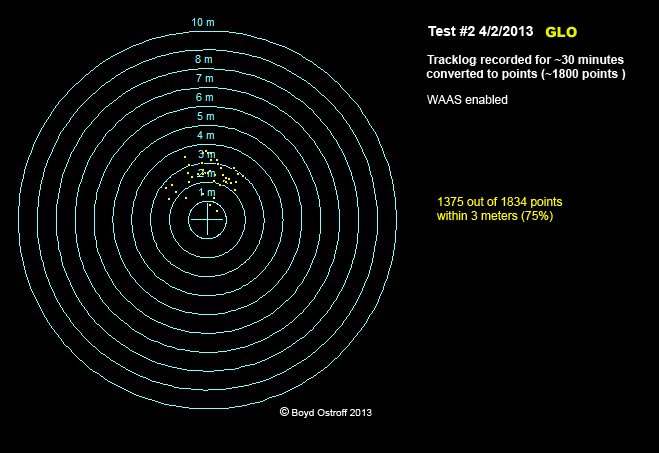Can anyone tell me a bit about using the garmin 18x?
Since the output is not in standard format, does that mean it will only work with garmin specific software.
Are there software adaptors to turn the output into standard gps output?
What software is used with the 18x?
Is there a reason to buy the 18x over some of the cheaper units like:
GlobalSat BU 353 S4 usb GPS Sirf 4
I read one report saying the Star IV chip does have a problem with taking WAAS/EGNOS input.
That user recommended the 18x for that reason. Are there other similar probs with the cheaper units that are not shared by the gamin 18x?
Any info would be helpful.






